I'm using a for loop to assign ggplots to a list, which is then passed to plot_grid() (package cowplot). plot_grid places multiple ggplots side by side in a single figure. This works fine manually, but when I use a for loop, the last plot generated is repeated in each subframe of the figure (shown below). In other words, all the subframes show the same ggplot.
Here is a toy example:
require(cowplot)
dfrm <- data.frame(A=1:10, B=10:1)
v <- c("A","B")
dfmsize <- nrow(dfrm)
myplots <- vector("list",2)
count = 1
for(i in v){
myplots[[count]] <- ggplot(dfrm, aes(x=1:dfmsize, y=dfrm[,i])) + geom_point() + labs(y=i)
count = count +1
}
plot_grid(plotlist=myplots)
Expected Figure:
Figure from for loop:
I tried converting the list elements to grobs, as described in this question, like this:
mygrobs <- lapply(myplots, ggplotGrob)
plot_grid(plotlist=mygrobs)
But I got the same result.
I think the problem lies in the loop assignment, not plot_grid(), but I can't see what I'm doing wrong.


